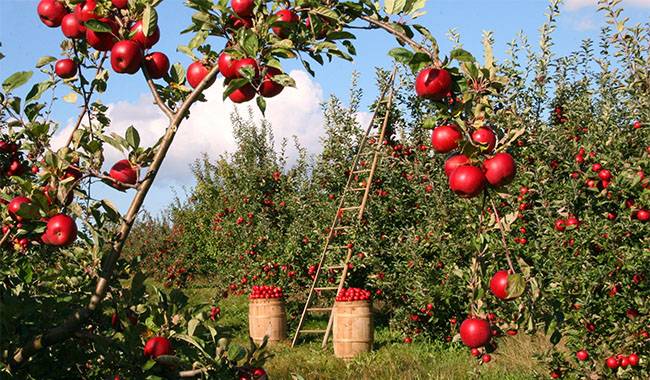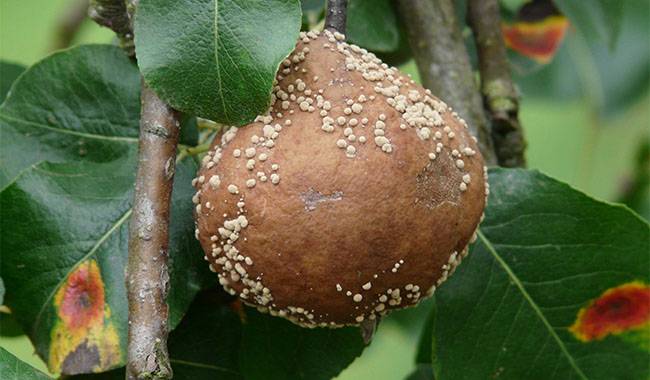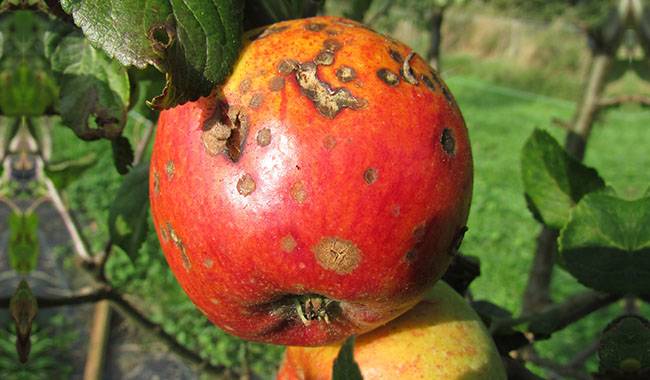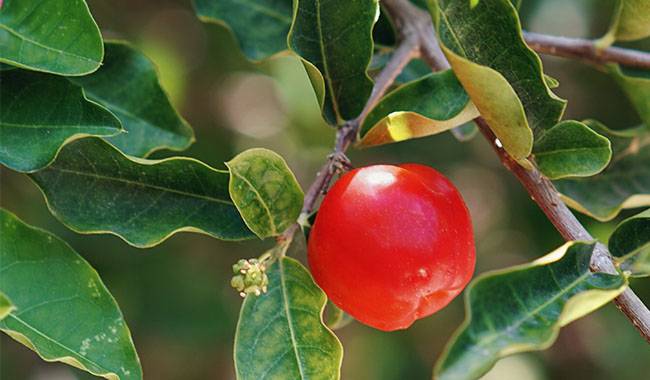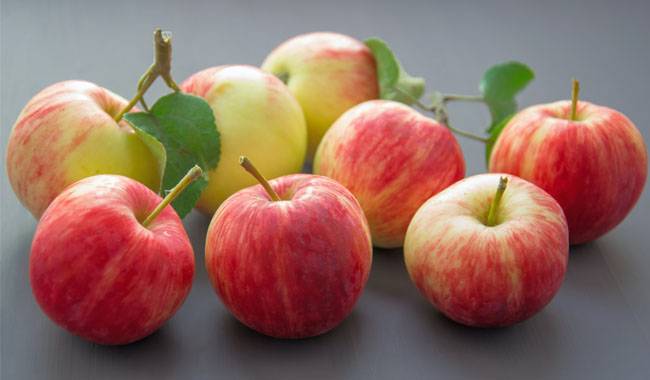
What is the best way to store apples, this article will answer you! The favorite apple, the best variety, is the most popular and precious gift at the end of the season. It is also the easiest fruit to store and it can be a source of vitamins until the next harvest.
Preserving apples for the winter is considered a no-brainer. But if you want to avoid disappointing crop losses and retain all the flavor of the fruit, you must be more responsible with the apple laying process. After all, only those fruits that provide the right temperature, stacking, neighborhood, and timely response to undesirable changes will be preserved for a long time.
Cellars, cool vegetable storage, garages are ideal places, but everyone must do their best. Nowadays, it is possible to store apples for a long time even in an apartment.
But not every one of them is available, only according to certain rules. Preserving apples for as long as possible is an achievable task if you prepare them with due diligence.
The easiest thing to store apples is the choice of varieties. For long-term storage, only special late, winter varieties are suitable, and storability is one of their most important features.
These apples are easily recognizable, not only by their variety description but also by their thick skin and special dense waxy coating. They can keep for another 8 months, although they are usually “guaranteed” for about 4-6 months. Apples in the fall only last 2-3 months, and apples in the summer only a few weeks.
AS LITTLE CONTACT AS POSSIBLE
The most underrated secret to the storability of apples is to try not to rub them, not to traumatize them, and even to touch them as little as possible. A very simple rule applies here: the more the natural wax protection breaks down, the rougher the handling of the apples, the more the apples are moved and reshuffled – the more problems there will be.
A “proper” storage regime should be implemented right at harvest and during transport, with the aim of minimizing bumps and injuries and avoiding piling apples into large heaps for later sorting. If you want to keep your apples for at least a month, it is best to forget about “shaking off” the autumn fruits from the apple trees and collect the fallen fruits. You can find culinary uses for them.
Two harvesting strategies for preserving apples:
- If you are picking your own apples, it is best to pick them one at a time in a box or bucket, carefully by hand, or without touching them with instruments, stacking them one at a time with as little contact as possible. Apples should be picked with the stem, slightly immature, and with minimal damage to the wax coating.
- If you purchase apples, make sure they are minimally injured and properly stacked in a ventilated box.
Select apples for storage that are free of bruises, scratches, cuts, and crush marks, not to mention decay, and are not infested with insects.
Apples should be immediately classified.
- by variety.
- size of the fruit (the larger the apple, the more ethylene is emitted and the more times it must be picked).
- Quality.
Rubbing, polishing, rubbing, violating the natural protection of the apple, always give way to a real wax layer.
Apples can be placed in a “sediment” and left in a cool place for 10-20 days, then already sorted and finally rejected.
This is a good strategy to give extra time in case of large harvests or when all apples need to be removed from the tree quickly and careful inspection is not possible. If possible, it is better to sort out the apples at once.
In any case, it is best not to forget the secret of industrial storage: try to cool down the apples to close to winter storage temperature as soon as possible within 3-5 hours after picking, and then keep them only at low temperatures.
FREE ARRANGEMENT IN THE RIGHT DRAWER
Even whole, healthy apples will not store properly if you stack them in any bins. Apples like good ventilation and do not tolerate tight piles or anything excessive.
Containers for storing apples are best made of natural materials with ventilation holes and slits. Wooden shelving units with drawers, wooden crates, large wooden boxes, and cardboard boxes are the best choices. The premise of using plastic is that there are enough openings to allow air to “flow” around the fruit.
Storage in polyethylene is a popular, less environmentally friendly option for those who can keep apples at a stable temperature of about 32°F (0°C) (2-4 kg of apples in tightly knotted bags with 5-6 perforations on different sides).
If there is a risk of freezing, especially on the balcony in apartment conditions, you can use a thermostat, a double box with insulation between any walls.
Ideally, apples are immediately sorted and checked by hand, in a single layer or in 2-3 layers, loosely placed, without contact or with as little contact as possible, with the stalk down. Apples should be staggered, diagonal, and evenly lined up. The staggered arrangement minimizes the risk of injury to the fruit due to the stalks of adjacent apples.
If apples need to be placed in several layers, use cardboard, cloth, paper, or other “pads” to reduce the contact surface (they also set off the bottom of the box). If containers are stacked on top of each other without shelving, they should not be filled to the brim so that the top container does not press down on the apples in the bottom container.
If conditions are flat and the harvest is small, wrap each apple in paper or paper towels. For storage, it is also common to pour over inert materials – buckwheat, peat pebbles, dried gypsum, pungent herbs, maple or oak leaves, straw or wood chips – but any “filler” will give the apples an undesirable flavor.
Labels with information such as variable name, drop date, harvest, and apple size are at your discretion. However, a simple label or inscription makes it easier to navigate the stored crop.
It goes without saying that the place where apples are stored should be prepared in advance by cleaning and sanitizing all procedures for surfaces, shelves, disinfection, rodent and mold control.
CHOOSE THE RIGHT SAFE NEIGHBOR
The size of vegetable storage facilities, and indeed the places suitable for storing crops in cellars, garages, and their “alternatives”, is usually limited. But this does not mean that the desire to make the wisest use of available space should be the only guide.
Bad neighborhoods ruin more than apples. They themselves accelerate the ripening of all vegetables and fruits by actively releasing ethylene, causing them to spoil from overripening. Carrots, beets, celery, and potatoes are particularly sensitive to “apple neighbors”.
And fruits so easily “absorb” foreign odors, improper placement can be doubly dangerous:
- First, the “wrong” neighbor reduces the shelf life of the apple by several times.
- Second, you run the risk of buying apples that don’t have the usual aroma of your favorite variety, but rather apples that smell dampness, starch, and roots.
Therefore, a box of apples should be separated from other fruits and vegetables, preferably separately.
Apples also don’t like to mix with each other, so all varieties of apples should be kept in separate containers.
Do not put apples in the same room with chemical products such as gasoline, kerosene, and paint. After all, even tighter containers and greater distances from the apples will not save the juicy fruit from the unpleasant “perfume” smell.
THE MORE OFTEN YOU CHECK THEM, THE BETTER THEY WILL KEEP
Apples are not the kind of fruit that you can forget for months. Even a little bit of rot can easily kill the entire “batch” and certainly affect the taste of the apples.
That’s why you simply can’t afford to check them more often. It is best to check apples regularly and immediately remove those with signs of damage from the rest of the fruit, and even more so, remove the rotten ones. If you store apples in 1-3 layers, it is much easier to check them.
THE MAIN THING IS THE STATE OF TEMPERATURE
The ideal temperature for storing apples is 32-41°F (0-5°C), down to -2 degrees if there is a light frost. These conditions allow preserving apples for the longest time. However, if there is no possibility to organize cold over winter, it is worth choosing other options that are closest to the temperature regime.
The optimal preservation humidity for apples without shrinking and shriveling is about 85-90%. However, good ventilation and air circulation to reduce ethylene concentration are essential.
If you do not have storage space and can only keep apples in your apartment, do not despair. There is an option to keep apples for the longest time – even here.
Apples in apartments and houses are stored in hallways, closets, northern utility rooms, half-open windowsills, balconies or cabins (with glass, but no heating), floor-to-ceiling boxes …… It all depends on what you want to choose.
To choose a solution, first, analyze wherein the house is the coolest (stable cool). If you have to choose between a stable temperature and cold, permanence is more important. Even in the cellar, a stable temperature is a key to long-term apple storage.
What to say for less acclimatized places. The less variation there is, the more the apples are protected from temperature fluctuations and various conditions, and the less the spoiled fruit has to be thrown away.




